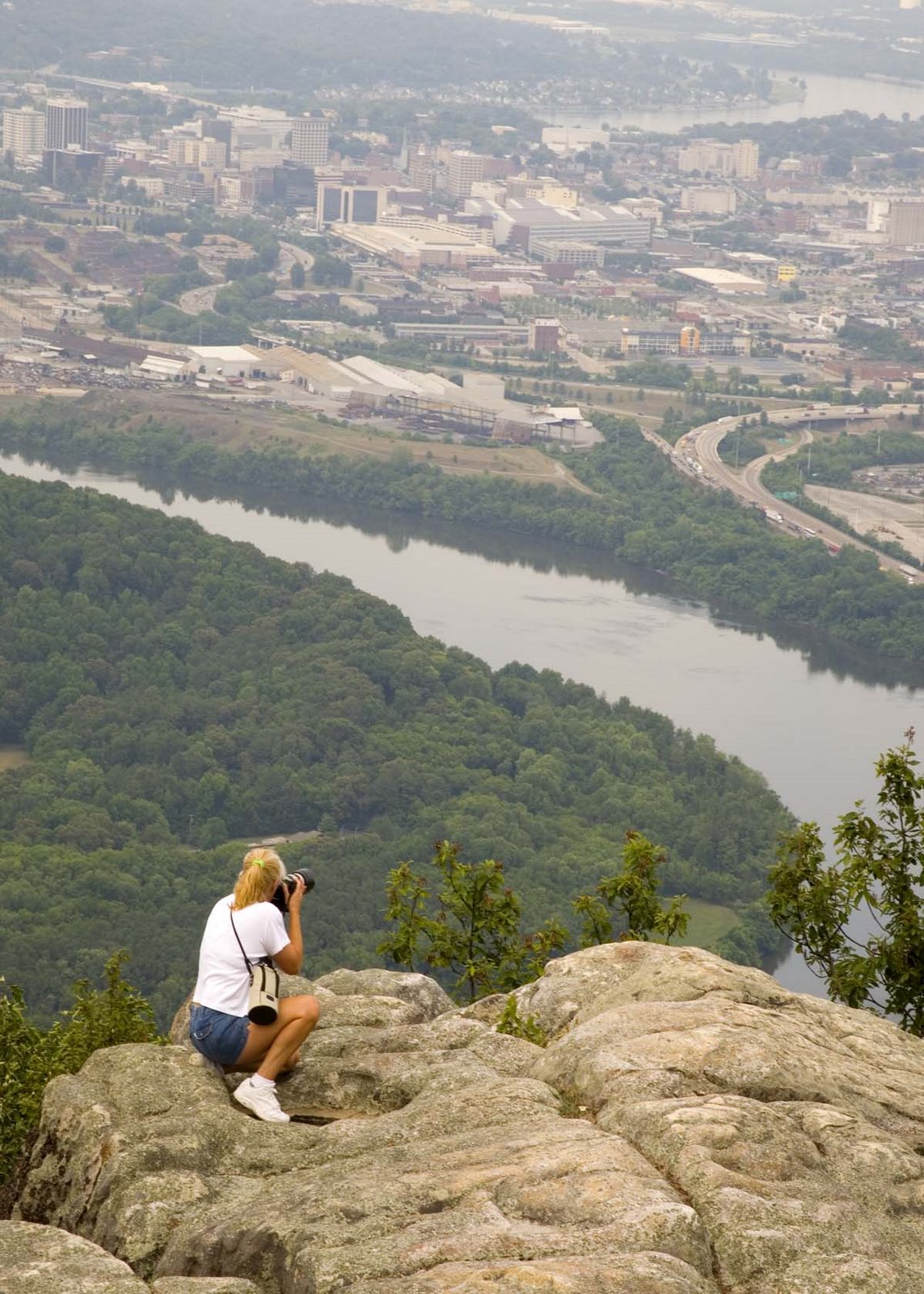This is the second installment of the Nature Photography - Photographing Wildlife in Your Backyard Series:
Equipment: I seem to have an extremely difficult time in acquiring sharp pictures if I don=t utilize a tripod. However, trying to set up a standard tripod while sitting at a table was next to impossible. It was either too far away to reach comfortably, or too close to the table for ease of use. Then, a miracle happened. I received a table top tripod from my wonderful husband for my birthday. Oh, what a difference a down-sized tripod can make! Now, I can relax while having a drink or reading a book, and simply take the shots as they happen. However, there are tradeoffs. These particular tripods are designed for small, point-and-shoot cameras. Due to the size of my high-resolution digital camera and long range lenses, the weight on the diminutive head is phenomenal. I keep a soft towel close at hand to raise the miniature leg a fraction of an inch or so to keep the camera at eye level with the subject of my shot, rather than extending the leg and risk straining the relatively soft metal. I also love to use a remote switch in these situations. The remote takes over for the on-camera shutter button, pressing it halfway to bring the image into focus and take through-the-lens exposure readings, and then fully to take the shot. It= s an enormous help in keeping the camera from shaking or vibrating which would occur if I used the on-camera shutter release, and an absolute must-have for long, zoom shots. You wouldn=t think that the simple act of squeezing the shutter button on the camera would vibrate it just enough to throw off the shots, but you=d be surprised how little it takes to blur photographs. The remote helps eliminate some of that vibration.
Camera Positioning: I love to work outdoors, and am very thankful that my business as a nature photographer enables me to appreciate first hand the marvelous things that the God has created. I have probably the best working office in the world B a wooded backyard, large deck, and a sturdy table to do my detailed work on. I have recently discovered a wonderful way to keep working on the computer and be able to take pictures at the same time. On the table rests a portable computer to pound out my writing, the little tripod, camera, flash, and various lenses and filters. I secure the camera gently to the mini tripod just to the right of my computer, with the remote switch nestled in my lap. Once I have set the camera in the exact position to take a specific shot (such as zoomed in on a particular feeding station), I attach the remote to my camera in its special terminal slot. Now, I can work and still get some great pictures. The remote switch works two ways: not only does it reduce camera shake as I said earlier, but it also allows me to work the camera without moving my head, and thus, disturbing the wildlife. No longer do I have to post myself behind the camera to capture a particular scene, unless I need to reposition the setup to get the squirrels and chipmunks scampering and chasing each other around the tree. By the way, I never try to attempt any kind of digital darkroom work outdoors. There=s simply too much ambient light affecting the monitor on my computer to accurately correct any changes I need to make to my photographs. I leave that kind of work to my indoor office specifically prepared for that purpose.
Thursday, July 3, 2008
Subscribe to:
Post Comments (Atom)



No comments:
Post a Comment